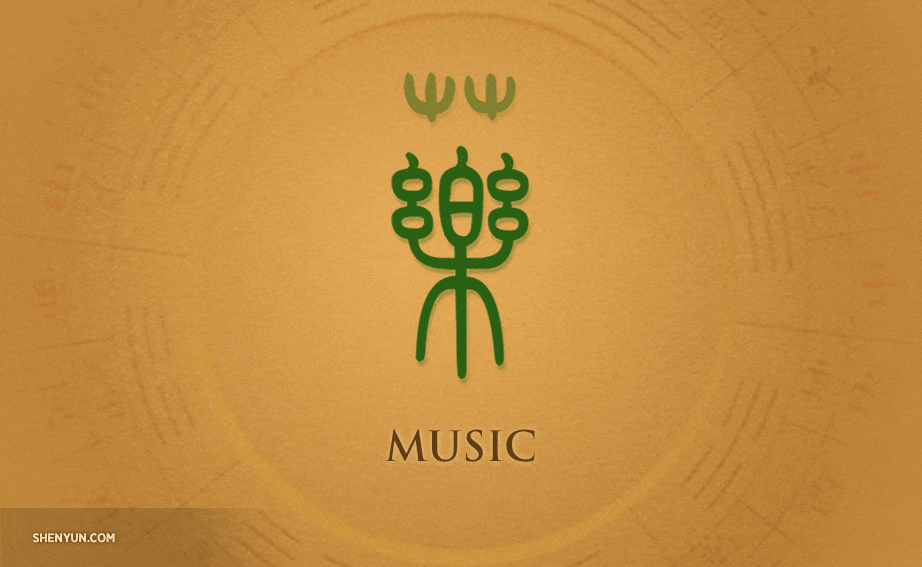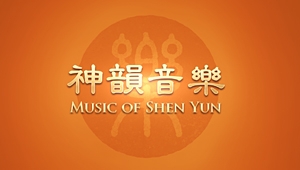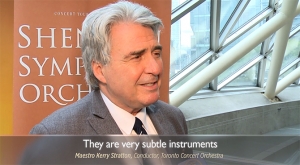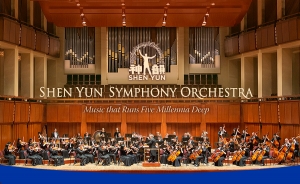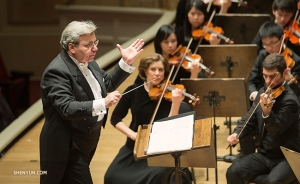Ancient Chinese knew that music had the power to heal. In fact, the Chinese character, or word, for ‘medicine’ actually comes from the word for ‘music.’
Over the course of 5,000 years, the worldview that man and heaven are one, and that all matter has life, has permeated every aspect of Chinese culture—including music.
Chinese music, for example, uses a pentatonic scale, and its five notes are connected to China’s theory of the Five Elements. The Five Elements are in turn connected to the human body’s five main internal organ systems.
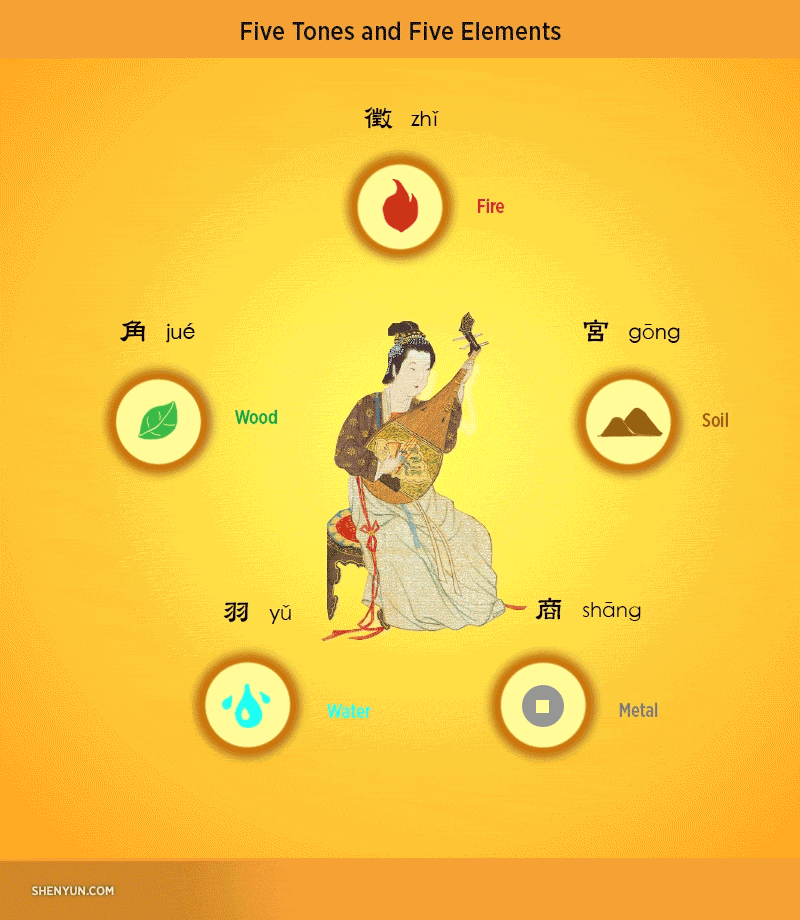
The first note, gong (宮), is connected to the earth element, which corresponds to the digestive system. Music based on this note makes a person feel serene. The third note, jue (角), is connected to the wood element, and relates to liver health.
Sages of the past in both the East and West saw great value in elegant music that nurtured virtue. It placed a person’s organs in harmony and brought balance to the mind.
Much of today’s music is decadent and noisy. It’s chaotic and provokes the senses; it even wounds the body.
In its original compositions, Shen Yun simply uses classical composition methods and harmonies.
Pure Energy
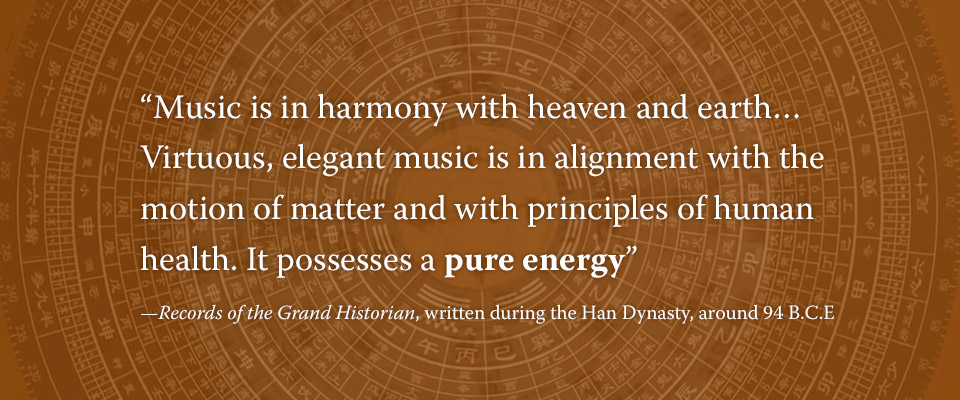
In ancient China, music was not only a form of entertainment, but also a way of spiritual elevation. Refining one’s character and seeking harmony with heaven was a natural part of the artistic process. Using this approach, an artist’s music would carry a pure energy and bring a sense of wellbeing to all who listened.
Shen Yun’s artists are reviving this tradition of self-refinement and cultivation in the arts. As much as they are artists, they are also spiritual seekers on a shared journey. They meditate together, study teachings together, and strive to live by the principles of truth, compassion, and tolerance.
This inner difference makes Shen Yun unique. It might also explain why many audience members report feeling energized and uplifted after watching a Shen Yun performance.
To experience it by yourself, come to see Shen Yun 2022 currently on tour.


